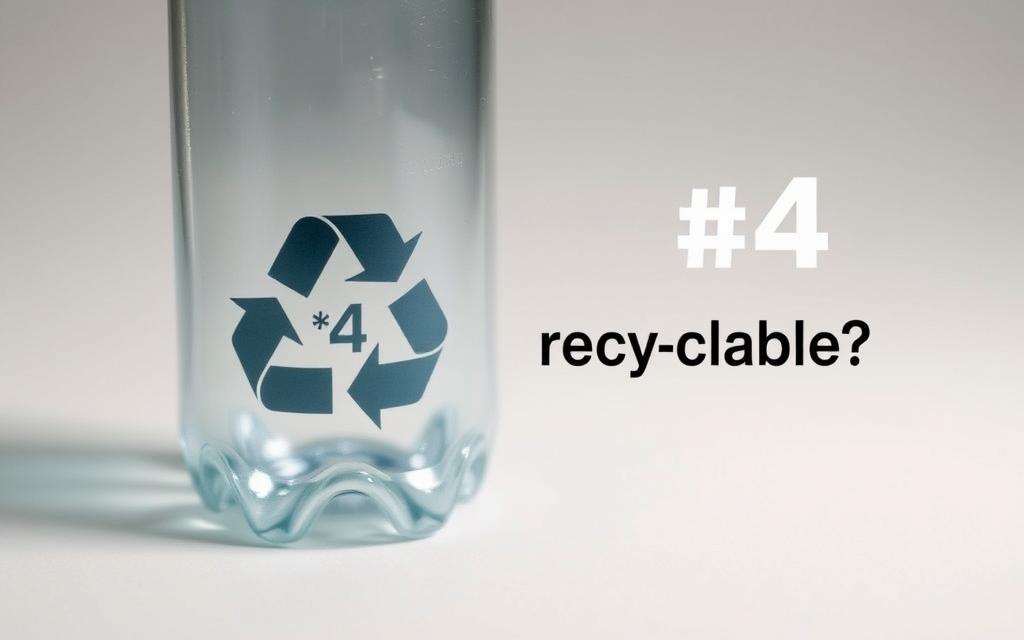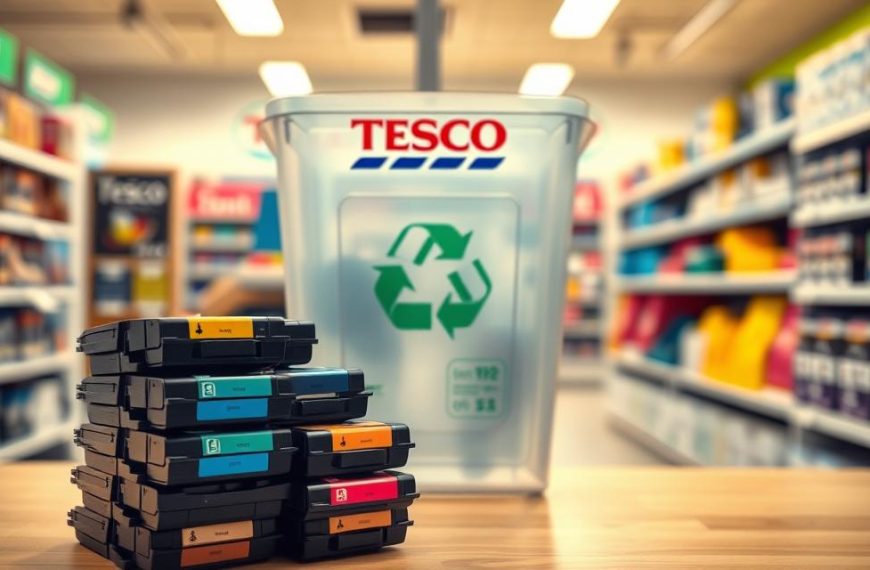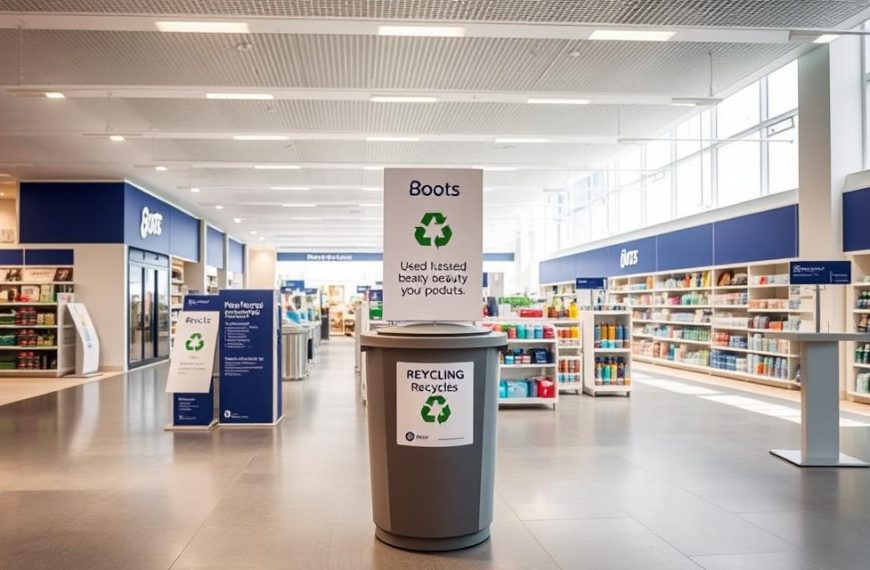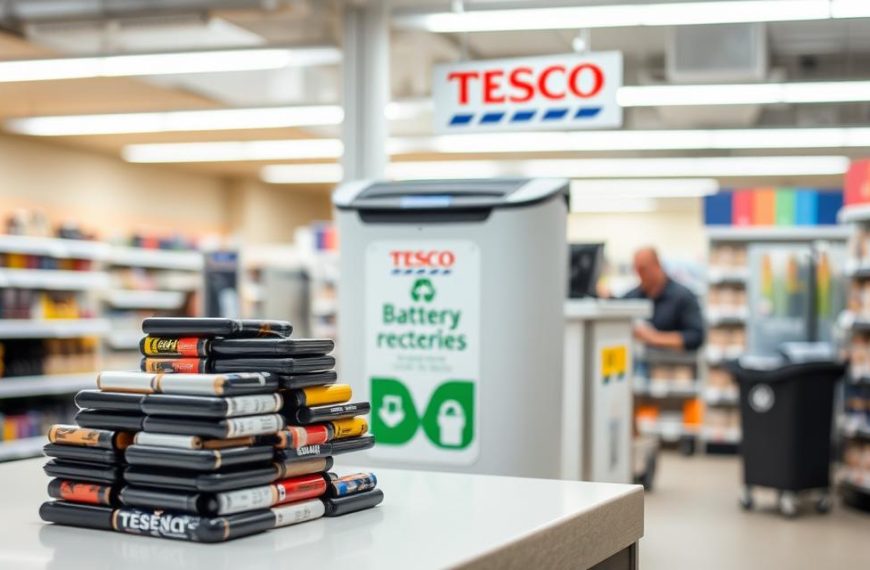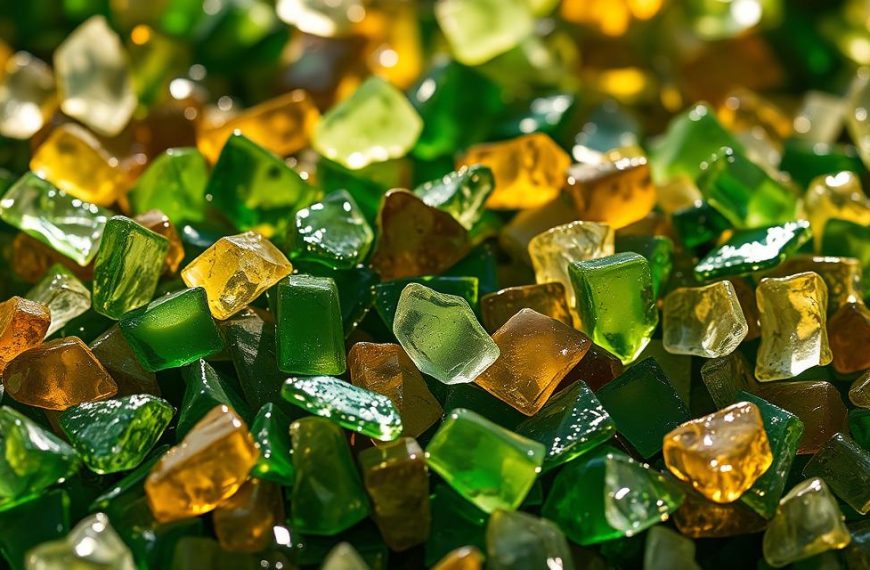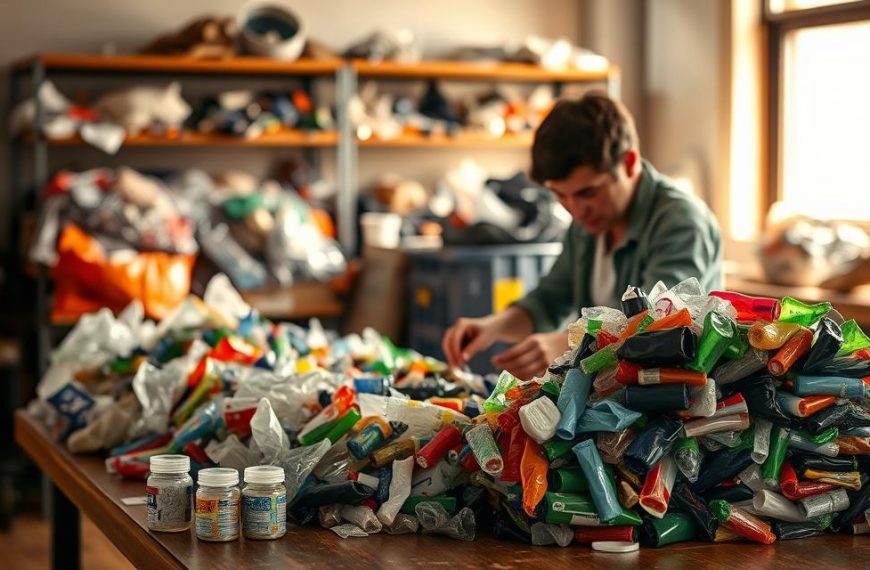Every year, 380 million tons of plastic get produced globally. Yet, only 9% of it gets recycled. This staggering gap highlights a growing environmental concern. One of the most common materials in this mix is low-density polyethylene, often labeled as #4 plastic.
You’ll find this type of plastic in everyday items like grocery bags, cling film, and squeezable bottles. Despite its widespread use, many people remain unsure about its recyclability. Recycling symbols, introduced in 1988, aim to clarify this. However, municipal guidelines often vary, adding to the confusion.
Low-density polyethylene poses unique challenges in the recycling process. Its flexible nature makes it harder to handle compared to rigid plastics. This article will explore what #4 plastic is, its recyclability status, and potential alternatives. Stay tuned to learn more about this versatile yet complex material.
What Is #4 Plastic?
Low-density polyethylene, or LDPE, became a game-changer in 1977. This material quickly replaced traditional packaging options due to its flexibility and durability. Known for its molecular structure, LDPE consists of long, branching chains that make it lightweight and easy to mold.
Common applications include retail bags, bread wrappers, and furniture cushions. Its flexible properties also make it ideal for food wraps and squeezable bottles. Unlike rigid materials, LDPE adapts to various shapes, ensuring versatility in everyday use.
The Society of Plastics Industry introduced the resin identification code system in 1988. This system helps consumers identify different types of materials. LDPE, labeled with the #4 code, stands out for its unique characteristics.
Compared to high-density polyethylene (HDPE), LDPE has a lower density and is more flexible. While HDPE is often used for rigid containers, LDPE excels in applications requiring softness and pliability. Both materials, however, share a common origin in the polyethylene family.
LDPE’s food-grade safety status makes it a trusted choice for FDA-approved uses. From food packaging to medical supplies, this material ensures safety and reliability. Its widespread adoption highlights its importance in modern manufacturing.
| Feature | LDPE | HDPE |
|---|---|---|
| Density | Low | High |
| Flexibility | High | Low |
| Common Uses | Plastic bags, film, squeezable bottles | Rigid containers, milk jugs, detergent bottles |
Is Number 4 Plastic Recyclable?
Recycling systems often struggle with specific types of waste. Low-density polyethylene, commonly labeled as #4, presents unique challenges. While it can be recycled, the process is far from straightforward.
Why #4 Plastic Is Difficult to Recycle
One major issue is the mechanical challenge. Plastic film and bags often tangle in sorting equipment. This causes frequent jams, slowing down the entire process. In fact, film plastics account for 70% of equipment jams in material recovery facilities.
Contamination is another significant barrier. Food residues on items like bread wrappers or cling film can render them unfit for recycling programs. Clean materials are essential, but achieving this standard is often difficult.
Economic factors also play a role. The market value of recycled LDPE is low compared to the costs of processing. This makes it less attractive for many facilities. Additionally, specialized facilities, like those producing composite lumber, are required for effective recycling.
Infrastructure gaps further complicate the issue. Only about 500 drop-off locations across the U.S. accept plastic film. This limited access makes it harder for consumers to participate in curbside recycling efforts.
Despite these challenges, there are exceptions. Some retailers, like Target, accept clean bags for recycling. These programs provide a valuable alternative for consumers looking to dispose of films responsibly.
- Mechanical challenges: Film tangles sorting equipment.
- Contamination risks: Food residues can render materials unfit.
- Economic barriers: Low market value versus high processing costs.
- Infrastructure gaps: Limited drop-off locations across the U.S.
- Exceptions: Retailers like Target accept clean bags.
How to Recycle #4 Plastic
Finding the right place to recycle #4 materials can feel overwhelming. However, with the right resources and preparation, the process becomes straightforward. Start by locating nearby recycling centers or participating retailers.
Locating Recycling Centers for #4 Plastic
National programs like Trex partner with over 500 locations across the U.S. to collect LDPE. These recycling centers specialize in handling plastic film and other flexible materials. Retailers such as Target, Lowe’s, and Kroger also offer in-store collection bins for convenience.
To find the nearest drop-off point, use tools like the Earth911 website. Simply enter your zip code to access a map of participating locations. This program ensures you can dispose of materials responsibly, even if curbside options are unavailable.
Preparing #4 Plastic for Recycling
Proper preparation is key to ensuring your materials are accepted. Follow these steps to get started:
- Clean items thoroughly to remove food residues. Wipe down grocery bags and air-dry them.
- Remove paper labels, stickers, or receipts to avoid contamination.
- Bundle materials into a minimum 5-gallon size for efficient collection.
By taking these steps, you contribute to a smoother recycling process and help reduce waste effectively.
Alternatives to Recycling #4 Plastic
The journey toward sustainability involves more than just recycling. While recycling plays a crucial role, exploring other options can significantly reduce waste and protect the environment. From reusing materials to minimizing usage, these alternatives offer practical solutions for everyday life.
Reusing #4 Plastic Products
One effective way to reduce waste is by finding new purposes for items you already own. For example, grocery bags can be repurposed as liners for small trash bins or used for pet waste. Flexible materials like cling film can serve as protective covers for food containers or packing material for fragile items.
Here are some creative ideas to get started:
- Use old bread bags for storing snacks or sandwiches.
- Turn butter wrappers into grease-resistant liners for baking sheets.
- Repurpose plastic film as a protective layer during painting or cleaning projects.
Reducing Dependence on #4 Plastic
Minimizing reliance on certain materials is another powerful step. Switching to reusable cloth bags can eliminate hundreds of disposables over time. Beeswax wraps offer an eco-friendly alternative to cling film, keeping food fresh without contributing to landfill waste.
Consider these strategies to make a lasting impact:
- Invest in silicone food wraps for long-term use.
- Purchase items in bulk to minimize packaging waste.
- Support brands like Patagonia that incorporate recycled materials into their products.
Legislative efforts also play a role. With 12 U.S. states already implementing plastic bag bans, collective action is driving change. By adopting these alternatives, you can contribute to a healthier planet and conserve valuable resources like water.
Conclusion
Recycling efforts for certain materials have seen significant progress in recent years. LDPE recycling rates have surged by 27% since 2018, and programs like Trex have recycled 1.5 billion pounds of plastic film by 2022. These advancements highlight the growing impact of corporate partnerships in driving sustainable solutions.
To contribute effectively, make sure materials are properly prepared. Clean items thoroughly, remove labels, and bundle them for drop-off. Verify local guidelines through your municipal website to ensure compliance with specific recycling programs.
Individual actions collectively shape the environment. By adopting responsible practices and sharing knowledge within communities, we amplify our impact. For more detailed insights, explore Waster’s LDPE Recycling Guide to stay informed and take meaningful steps toward sustainability.
